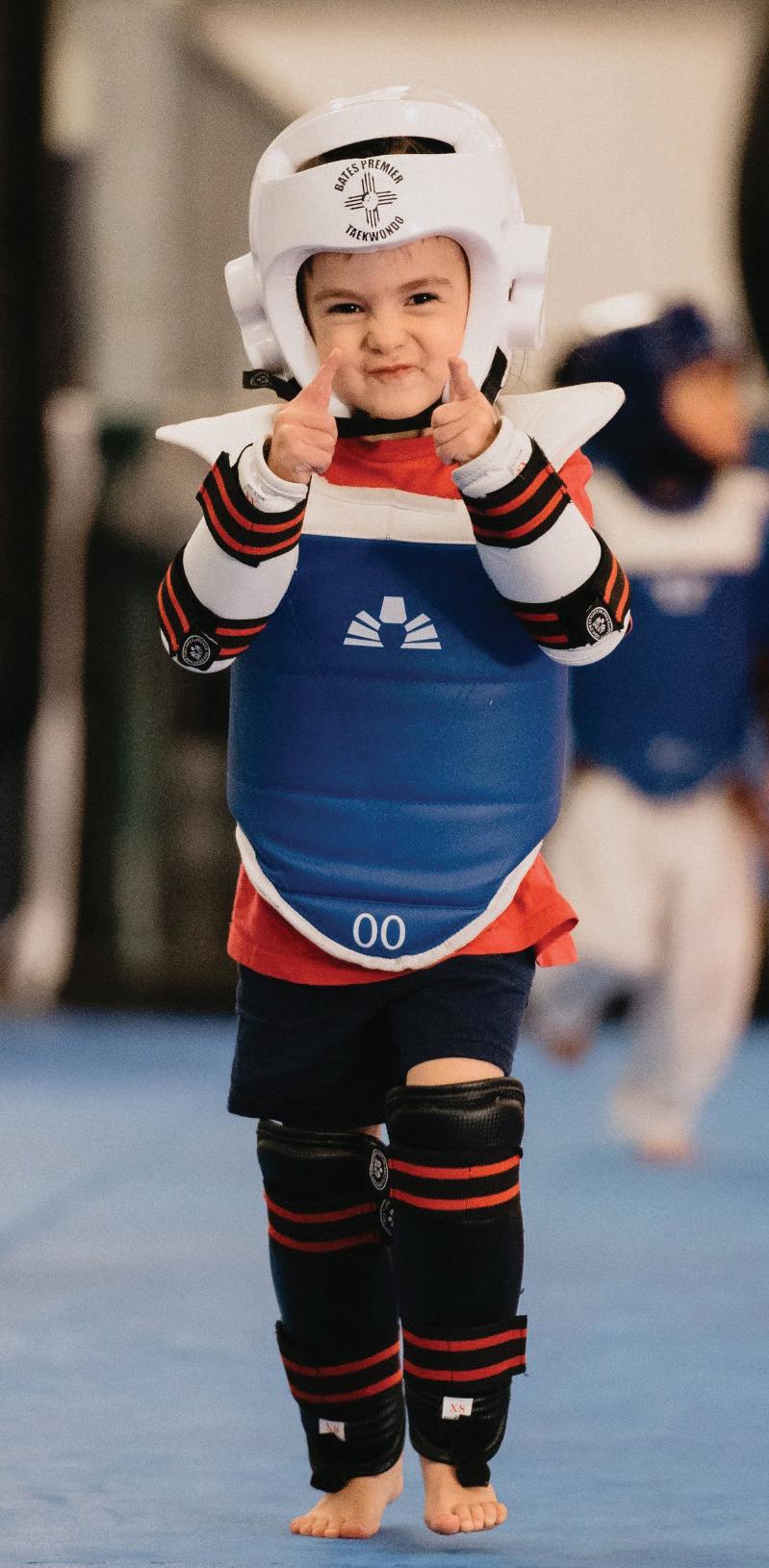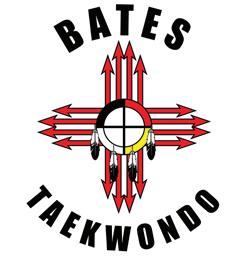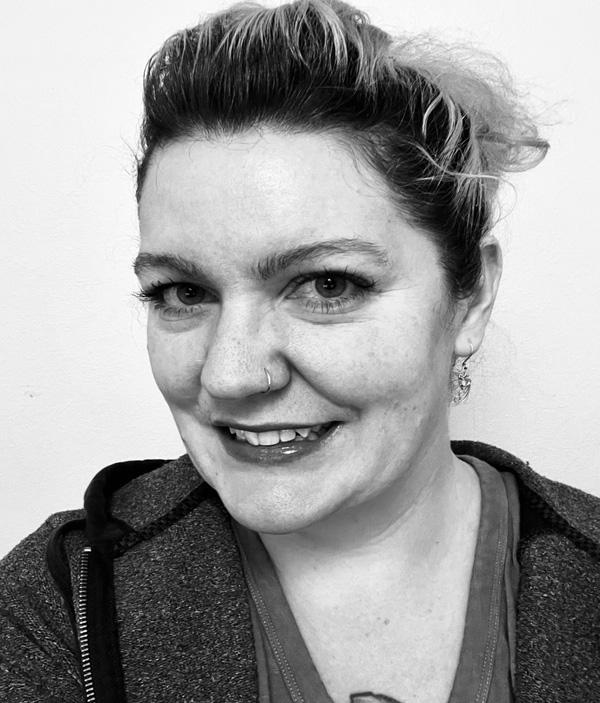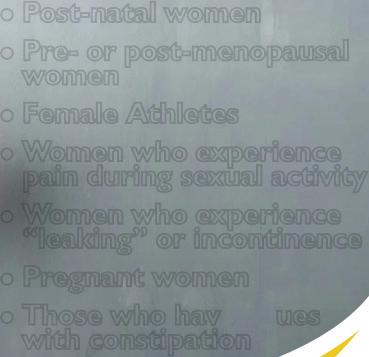
2 minute read
New Mexico Jazz Workshop: Jazz Education for the Family
By MARA STARR-NEWMAN
The New Mexico Jazz Workshop (NMJW) has been through a lot of changes in the past three years, but we are excited for the future.
Advertisement

Founded in 1976, the NMJW’s mission is to provide education and performances to New Mexicans of all ages. In addition to adult classes and community performances, the NMJW offers several programs for youth.
Jazz Camp is a summer music intensive for young people entering grades 7 to 12. Jazz Camp offers young musicians a comprehensive and challenging introduction to jazz. In a supportive and stimulating setting, students enjoy working with many of the region’s most respected jazz musicians. With an emphasis on soloing techniques, students explore the art of jazz improvisation by studying a variety of jazz styles.
Students are encouraged to go at their own pace and are provided with music theory lessons that help build confidence, both in the art of soloing and in ensemble. Small ensembles give students an opportunity to apply new concepts through improvisation, interpretation and arranging. This work integrates improvisation and music reading skills with group interaction and listening.
The NMJW also is gearing up for their summer youth programs. One such program, after a bit of a hiatus, is one the NMJW community has expressed enthusiasm for.
Now entering its 26th year, Creative Arts Camp (also known as Camp Bee-Jammin’) utilizes a hands-on approach with campers actively participating in music-making, dancing, acting in plays, creating art and more. The pre-assigned morning classes, divided by age, are developed to give each camper a balance of music, art, drama and movement.
Afternoon classes include mixed age groups and electives. These classes range from high-energy to quiet and calm, with each instructor bringing a unique, skilled approach. A final performance for family and friends wraps up each session.

Roots of Jazz is another program with a long history. Musician and music educator Frank Leto, alongside multi-talented performer Pilar Leto, bring history, culture, art and music together for two programs, each designed for a particular age group. Now entering its 29th year, this free-to-schools program has something for everyone.
The 45-minute assembly for grades K to 2 introduces students to basic musical concepts and movement. Students learn how to follow a rhythm and recognize pitch, some of which is done through dance. One highlight features Pilar Leto, who brings hula movements into a song inspired by the Letos’ time in Hawaii.
For grades 3 to 5, the Letos, along with a jazz quartet, put on lively demonstrations of music from Africa, Cuba, Brazil and the United States. The story begins in Africa with music and dance performed by the quartet and includes drums, bass, keyboard, steel drum and various instruments from Cuba, Brazil, Africa and Trinidad. Each featured instrument has a story which is told in an engaging way when it is played.
Mara Starr-Newman is the education coordinator for the New Mexico Jazz Workshop. In addition to being a post-secondary humanities educator and longtime musician, Mara also helps facilitate both adult and youth programs for the NMJW.







Albuquerque






